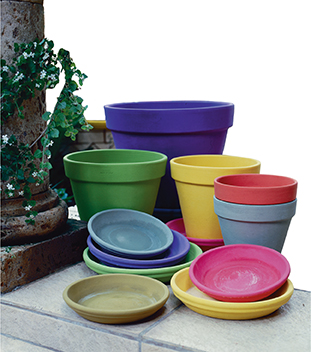6.3 Naming Compounds and Writing Formulas
Reading Focus
Key Concepts
 What information do the name and formula of an ionic compound provide?
What information do the name and formula of an ionic compound provide? What information do the name and formula of a molecular compound provide?
What information do the name and formula of a molecular compound provide?
Vocabulary
polyatomic ion
Reading Strategy
Predicting Copy the table. Before you read, predict the meaning of the term polyatomic ion. After you read, if your prediction was incorrect, revise your definition.
Vocabulary Term |
Before You Read |
After You Read |
|---|---|---|
Polyatomic ion |
a. |
b. |
Thomas Drummond was a Scottish surveyor and inventor. Around 1826, he discovered that a white solid called lime emits a bright light when heated to a high temperature. This discovery was extremely useful in the era before electric lighting. Limelight was used to produce a light that could be focused on a single spot on a stage. It also was used to produce lighthouse beams that could be seen from a great distance.
People have used mixtures of lime and water for centuries to whitewash houses and fences. The flowerpots in Figure 14 were coated with a lime wash to which paint pigments were added. Other names for lime are quicklime and unslaked lime. Having two or more names for a compound can be confusing. Also, names like lime or quicklime don't tell you much about the composition of a compound.
Chemists use a system for naming compounds that is based on rules established by the International Union of Pure and Applied Chemistry (IUPAC). In this system, the chemical name for lime is calcium oxide and its chemical formula is CaO. This formula tells you that there is a one-to-one ratio of calcium ions to oxide ions in calcium oxide. The formula of a compound serves as a reminder of the composition of the compound.
Figure 14 These flowerpots were coated with a solution of lime and water. Paint pigments were mixed with the lime wash to produce the different colors. The chemical name for lime is calcium oxide.






